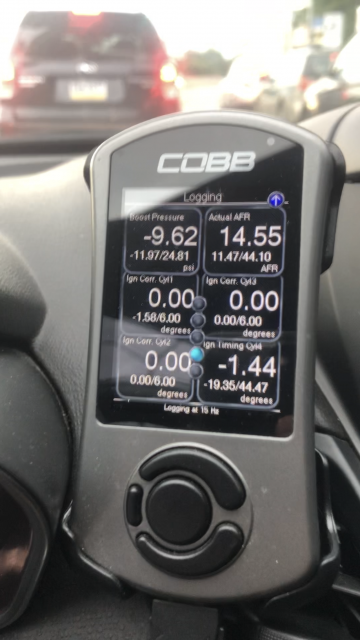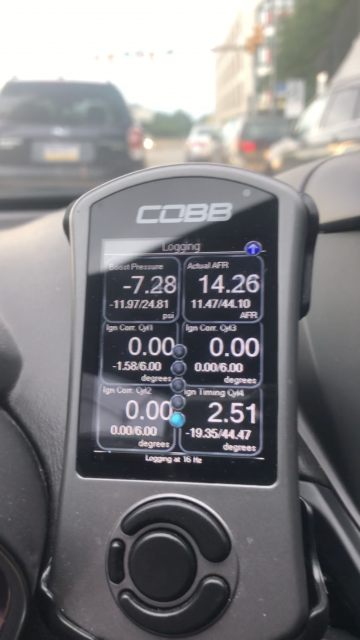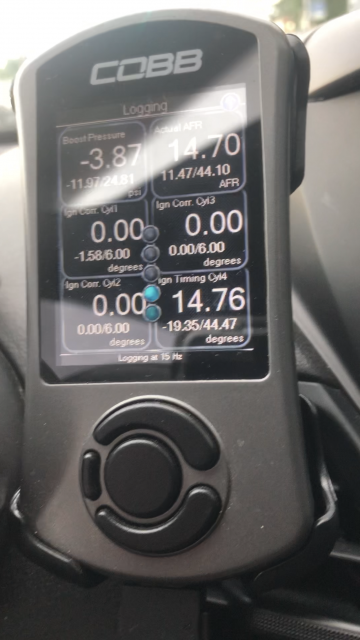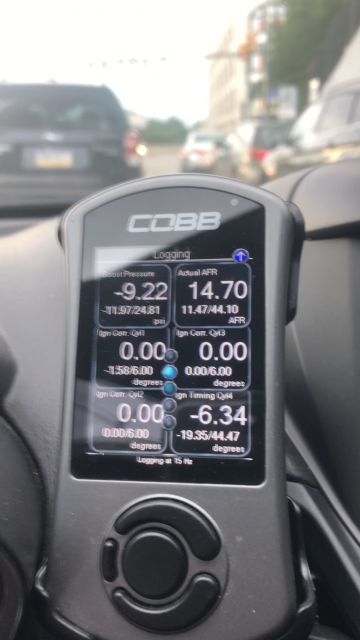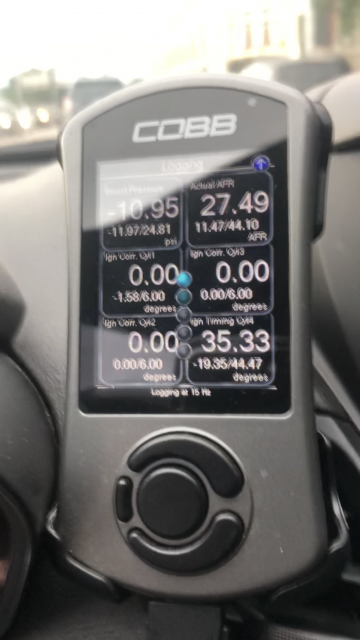My 17 Ford Fiesta ST ignition timing on cylinder 4 was bouncing from positive to negative. I know positive corrections are really much of a concern, but it’s also going into the negative as well lowest I seen so far is -9.50 & reaching positives up to 40.0.
I need help determining if it’s fixable or if I’m gonna need a engine. I listed modification below if that’d help. I will upload data-logs when I access my computer.
Modifications:
Cobb Accessport
Mountune Highflow Filter
Cobb RMM
3” Cat-Back Exhaust
I need help determining if it’s fixable or if I’m gonna need a engine. I listed modification below if that’d help. I will upload data-logs when I access my computer.
Modifications:
Cobb Accessport
Mountune Highflow Filter
Cobb RMM
3” Cat-Back Exhaust
Attachments
-
12.2 MB Views: 5
-
7.1 MB Views: 74
-
7.1 MB Views: 74
-
7.1 MB Views: 59
-
7.2 MB Views: 53
-
6.2 MB Views: 43

